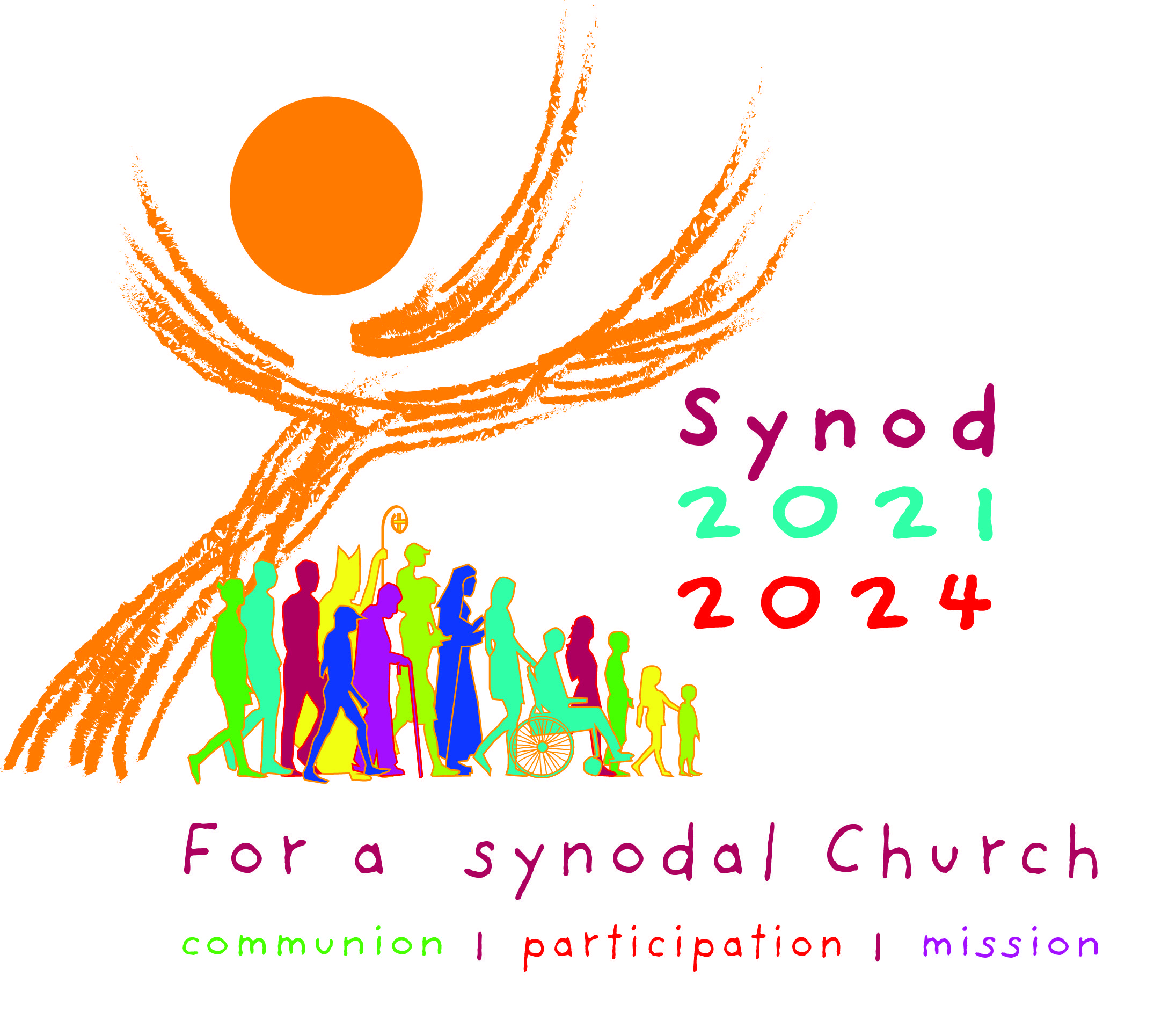For a Synodal Church: Communion, Participation, and Mission
“In the first millennium, ‘journeying together’—that is, practicing synodality—was the ordinary way in which the Church, understood as ‘People united in the unity of the Father and of the Son and of the Holy Spirit,’ acted” (Preparatory Document, 11). When there was disagreement and division in the early Church, bishops gathered to listen and discern the path forward. These were the first synods which developed at all levels of the Church—local, regional, and universal. St. John Chrysostom said that “Church and Synod are synonymous.” (Preparatory Document, 11).
Synodality has thus marked the Church from her very beginning and has been expressed in various ways, as the style of the Church’s life and mission, as particular structures and processes, or through decisive events.
Pope Francis called upon the Church to rejuvenate her synodal roots by opening a multi-year synodal process which he hopes will reframe and renew our common journey forward. First and foremost, the Synod is a call to pray, listen, and discern together what the Holy Spirit is saying to the Church today—all for the sake of the Church’s evangelizing mission.
Archdiocese of Atlanta Local Reports
Most recently, the Interim Stage of the Synod on Synodality called for a second round of consultations during lent in 2024. Scripture and two discussion questions formed the basis on answering: How can we be a synodal church in mission?
Read diocese’s 2024 Synod Interim Stage Report:

The first consultations occurred in the early part of 2022. As you will read, it is not the last word. Indeed, there are myriad opportunities to further the work of listening to the Holy Spirit by listening to one another in the context of the fundamental question: A synodal Church, in announcing the Gospel, “journeys together.” How is this “journeying together” happening today in your local Church? What steps does the Spirit invite us to take to grow in “journeying together”?
If you have questions about the report, contact the Synod Team at synod@archatl.com
Homily of Archbishop Hartmayer for the Opening Mass of The Synod
“…the purpose of this Synod, and therefore of this consultation, is not to produce documents, but to ‘plant dreams, draw forth prophesies and visions, allow hope to flourish, inspire trust, bind up wounds, weave together relationships, awaken a dawn of hope, learn from one another and create a bright resourcefulness that will enlighten minds, warm hearts, give strength to our hands’” (Preparatory Document, 32).
What is a Synod?
In the first millennium, ‘journeying together’—that is, practicing synodality—was the ordinary way in which the Church, understood as ‘People united in the unity of the Father and of the Son and of the Holy Spirit,’ acted” (Preparatory Document, 11). When there was disagreement and division in the early Church, bishops gathered to listen and discern the path forward. These were the first synods which developed at all levels of the Church—local, regional, and universal. St. John Chrysostom said that “Church and Synod are synonymous.” (Preparatory Document, 11).
Synodality has thus marked the Church from her very beginning and has been expressed in various ways, as the style of the Church’s life and mission, as particular structures and processes, or through decisive events.
In the West, “synod” and “council” became synonymous, and Ecumenical Councils are the most authoritative expressions of formal synodal gatherings, always in communion with and under the authority of the Pope.
In 1965, Pope St. Paul VI established the Synod of Bishops as a permanent institution of the Catholic Church, setting the stage for the renewed understanding of synodality being emphasized and explored today.

